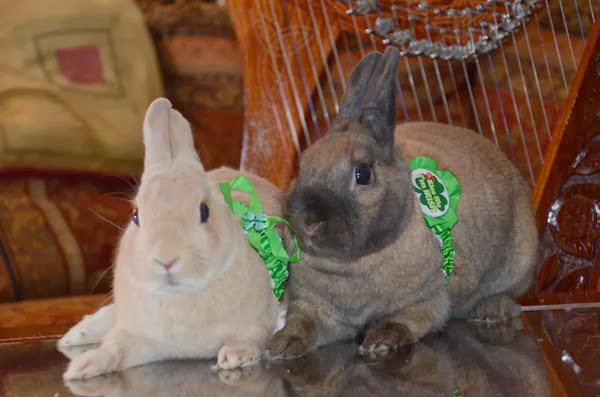The Avondhu is where the very first Irish set out on a long journey as early stone age hunter-gatherers to become our first farmers. It is where the spiritual and mystical druids embraced Christianity and went on to contribute to European Enlightenment in the Dark Ages. It is where we absorbed waves of invasions, taking the best from each to emerge as a people distinct in Europe. It is where armies of thousands gathered to take on the Might of Napoleon at Waterloo and later the Triple Alliance of Germany, Austria-Hungary and Italy in the Great War.
The Avondhu, The Cradle of Ireland, is where Ireland started, where the very first Irish set out on that long journey more than 10,000 years ago. It is the mother land for millions around the globe.
Continuing along the Blackwater Way and the E8 I will come to the Avondu Way and if the above quote taken from the
Avondhu Heritage Archive is anything to go by it will be quite a section.
The first people in Ireland probably arrived and settled here, probably using the Blackwater as a key transport route. Similarly Christianity entered Ireland in a similar fashion and I am told (again by the Avondhu Heritage Archive) that wherever I see a Christian site I will hear the running of water. Half way along the Avondhu way I first come across the River Blackwater which has, I am told, some of the best salmon fishing in the whole of the British Isles! Wow!
Between Mallow and Fermoy there are the Nagles Mountains/Sliabh an Nóglaigh which don't have a particularly high peak, will make this section a little tough. This is followed by Ballyhooly and it's Castle, actually a 16th Century Tower House used to guard a ford in the river Blackwater.
Fermoy is the key settlement in the area, and the first chance at sleeping in a bed over the whole of the Blackwater way! In Irish it is called Mainistir Fhear Maí, meaning "monastery of the Men of the Plain". The monastery it mentions is a 13th Century Cistercian Abby that was closed by Henry VIII. It is also the town that John Anderson built (a 17th Centry Scots entrepreneur who developed the infrastructure of the region) and the site of the first IRA armed attack on the British army in September 1919.
Clogheen (I will cover this town in my next post) and the Knockmealdown Mountains will end this part of the hike. Knockmealdown has two interpretations of the Irish origins of its name, either Cnoc Mhaoldomhnaigh: Muldowneys' Hill or Cnoc Maol Donn: bald brown hill. And it has a folk song associated with it. Information taken from Wikipedia.
LINK.
This mountain range was celebrated in the folk song, "Kitty Bawn O'Brien" by Allister MacGillvary of Cape Breton, Nova Scotia. The song is a lover's lament for a young woman who emigrates from Ireland to Canada. Knockmealdown is mentioned in the first and the final stanzas, as follows:
Kitty Bawn O'Brien by Allister MacGillvary
A soft wind blowing sweet and warm.
From the peaks called Knockmeal Down.
The songbird signs his cheery notes above Black Water Sound.
From my heart all joys depart, no beauty can enthrall, my Kitty Bawn O'Brien's gone to far off Montreal.
I met her at the Mallow Fair, where lovers sport and play.
I watched her feet trip lightly as a piper droned her way.
She sang a song so lilting there, her hands beneath her shawl, now Kitty Bawn O'Brien's gone to far off Montreal.
I followed her to Waterford the day the ship set sail.
Her mother let the tears down fall, her father's cheeks were pale.
I kissed her there, I lost her there, now sadly I recall, my Kitty Bawn O'Brien's gone to far off Montreal.
And far across the ocean wide a world from Knockmeal Down, my Kitty shines like silver in some far Canadian town.
She'll charm some French soldier there, I can't blame him at all, my Kitty Bawn O'Brien's gone to far off Montreal.
A soft wind blowing sweet and warm, from the peaks called Knockmeal Down.
The songbird signs his cheery notes above Black Water Sound.
From my heart all joys depart, no beauty can enthrall, my Kitty Bawn O'Brien's gone to far off Montreal, my Kitty Bawn O'Brien's gone to far off Montreal.



























